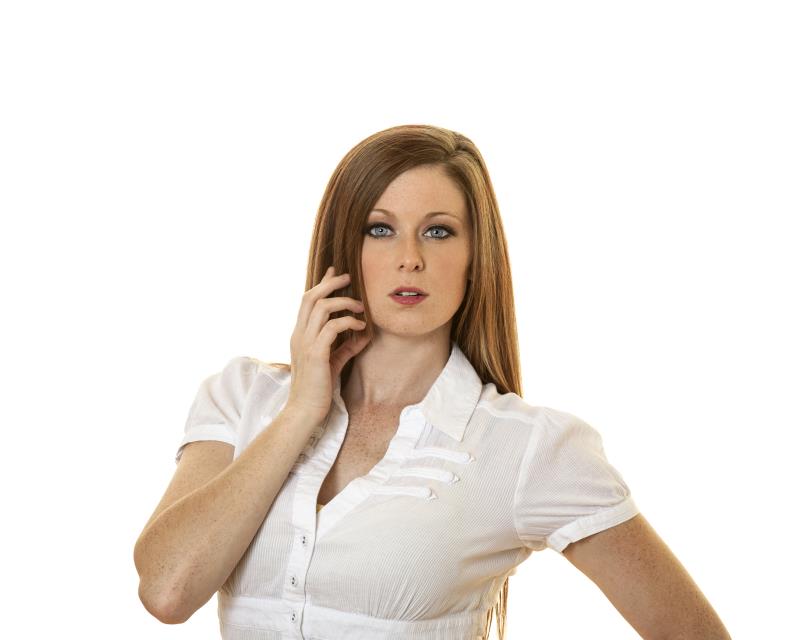As mentioned already, "Hi-Key" is when the whole is image is overall sort of bright, but specifically it's when you purposely match (key) the background to parts of the subject. Usually, you will match the tone of the person's clothing, to the background. This has the effect of making the clothing sort of blend in with the background....which in turn, should make the person's face stand out more, which is the point.
Keying is usually done to help direct the viewer's eye where we want it to go. If it's a portrait, you want the viewer to look at the subject's face. We do that by making the face contrast with the background and the clothing/accessories etc.
Hi there I was wondering if anyone could help with what camera settings to use to achieve this bright beach look. I have a canon 5d and 70-200 usm f2.8 lens
I actually don't think that your question/issue has anything to do with 'high key'...but it's probably a metering/exposure issue.
The hidden truth is that cameras are designed to get exposures wrong...as least if you follow the recommendation from the camera's meter (use auto mode without correction).
It's a fairly in-depth topic, but the gist of it is that that camera's meter is designed to give you correct exposure, only when you meter on something that is 'middle grey' (tone, not color). This means that if you are shooting in a bright scene (like the beach), the camera's meter will see all of that brightness and in turn recommend less exposure than you should have. The result is that your photos in bright scenarios, come out underexposed. Part of the reason is that the camera doesn't know that you want to expose for the people and not the background (or mostly the people and less the background).
So to get photos like the examples (well exposed subject, over exposed backgrounds), you need to do something extra. In manual exposure mode, you would need to dial in exposure that is higher than the zero on the meter. In any of the auto modes, you would need to use exposure compensation and probably auto exposure lock as well. (it's easier in manual).
Another way you could do it, would be to use a grey card or a hand held incident light meter. But once you really understand metering and know how to 'trick' your camera into getting correct exposures, you don't need the extra meter or the grey card.
Here is a blog post on '
How to use a grey card'. It's a good example of the situation we have here.

